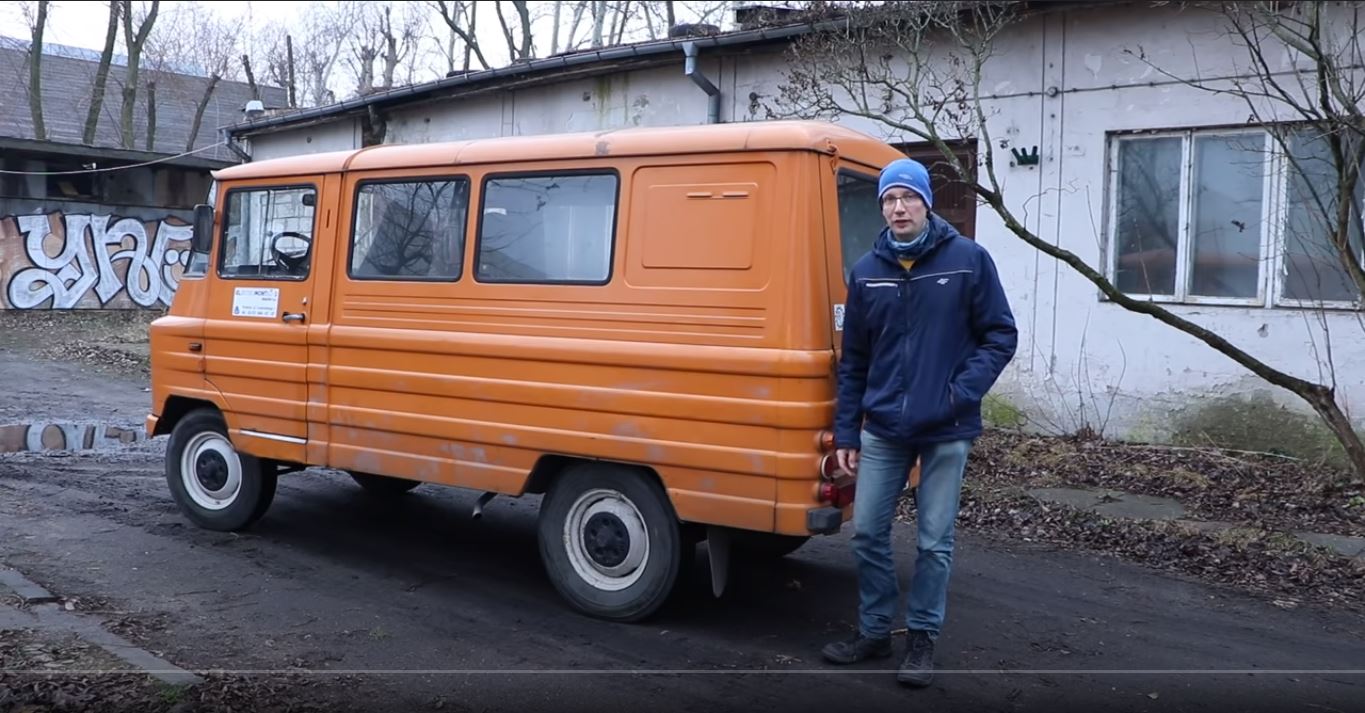The FSC Żuk is a Polish van that was made between 1958 and 1998. In those forty years, it received one minor facelift but many minor updates and changes. But underneath it was all based on a GAZ-M20 Pobeda, which was produced in 1946. That Soviet vehicle was surely ripped off some western design that predates even that.
The fact is that in the late 1990s Poland one could buy a new van that was based on early 1940s design, and hardly updated, was crazy even by Polish standards. It is important to note that in those times Poland has come out of communist rule and into a somewhat volatile period before a new democratic government was established. In those times the flood gates of vehicles from western Europe opened, bringing much better and newer vans to Poland. That left the Żuk as a much less desired, if cheaper, option for most poles needing such vehicles.
Watch this subtitled video by my friend Zlomink and learn more about the Żuk. He promised me that he will make more videos in English as he did about the FSO (Fiat) 125p.


Leave a Reply